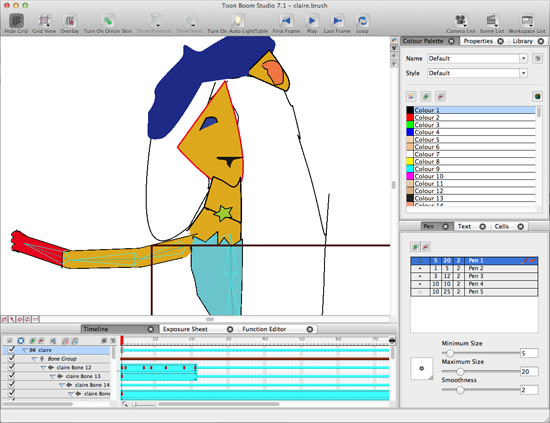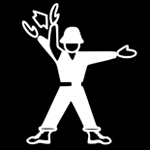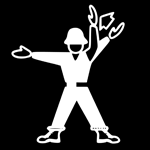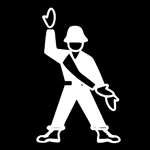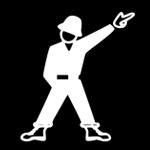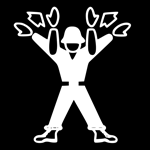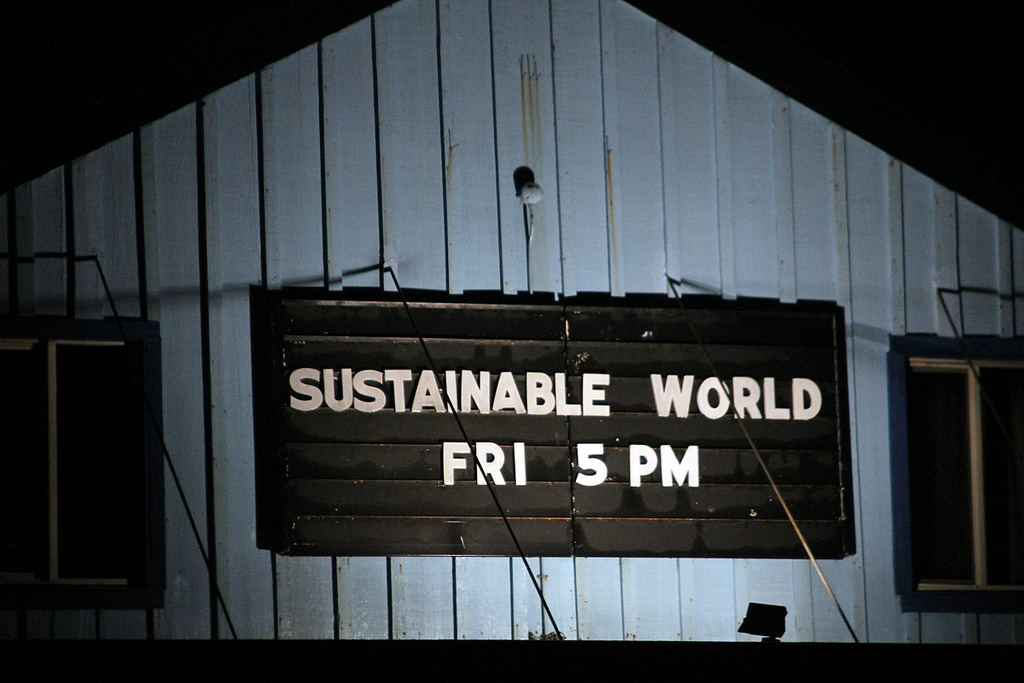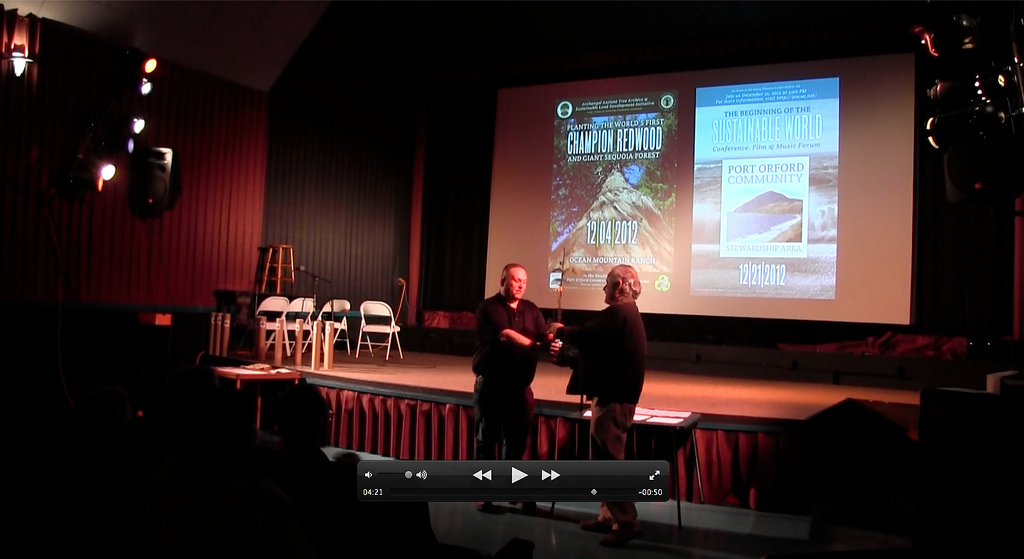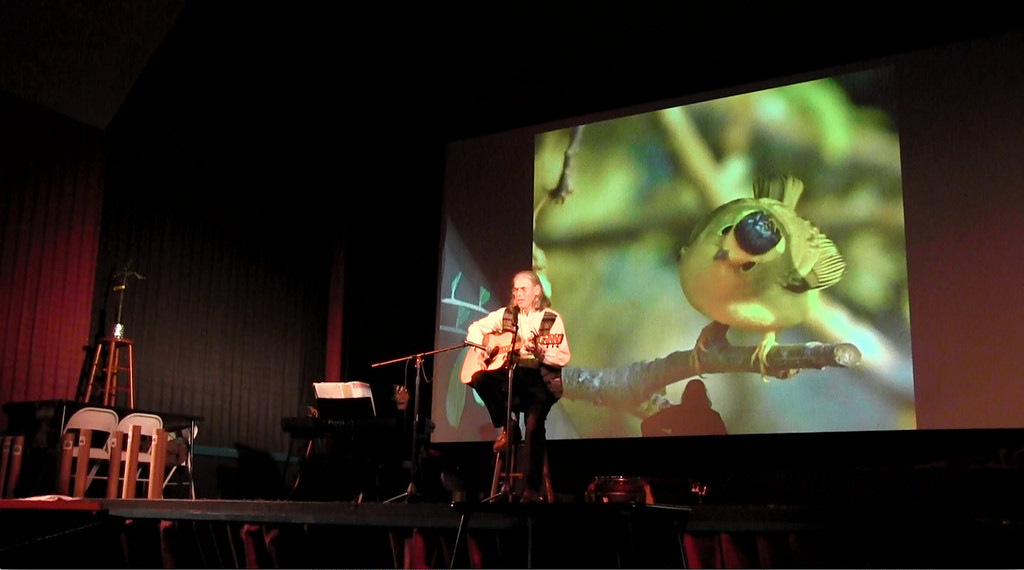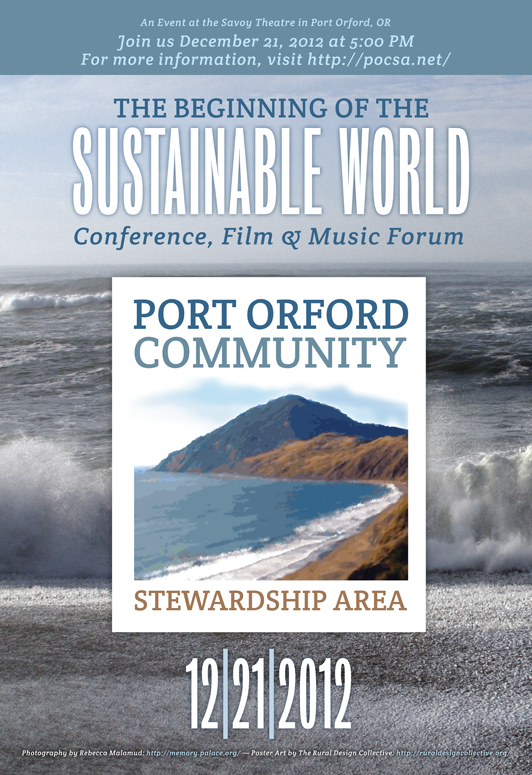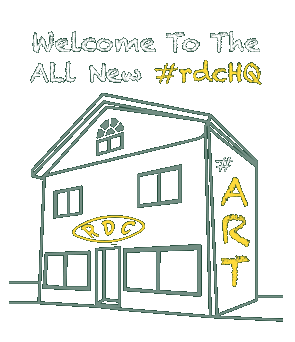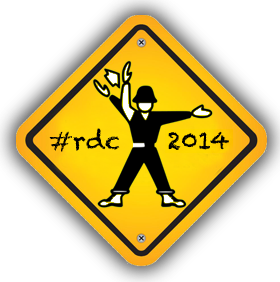Extra Credit: Robot Love <3
- February 1st, 2013
 Greetings from #rdcHQ! This week in the Cobwebs meetup, we completed an important exercise to help the Cobwebs Crew understand the best way to build their illustrations for animation in ToonBoom Studio 7 or Anime Studio 9. We are comparing the features of these two programs, and have learned of another interesting open-source animation program called Giotto. The latter seems better suited to textual effects and not necessarily character animation – we will share our findings in a later post.
Greetings from #rdcHQ! This week in the Cobwebs meetup, we completed an important exercise to help the Cobwebs Crew understand the best way to build their illustrations for animation in ToonBoom Studio 7 or Anime Studio 9. We are comparing the features of these two programs, and have learned of another interesting open-source animation program called Giotto. The latter seems better suited to textual effects and not necessarily character animation – we will share our findings in a later post.
To begin, we used art from a previous project that was already properly prepared in an exploded fashion (with all of the parts separated in space as explained on Page 11 in the ToonBoom Studio tutorial which we covered last week). This is a technique common in animation software when dealing with figures, and also helps the Crew to begin thinking about drawing in “layers”, which is how skilled digital artists work in image-editing and illustration software programs.
Below is the exploded view of Poseidon which was used in our first example -
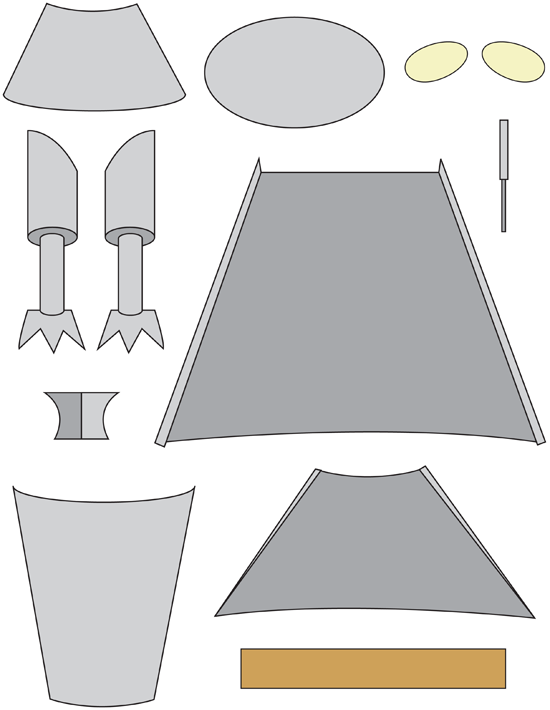
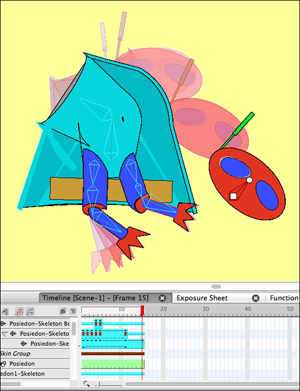
Poseidon by Gabby McCutcheon
We learned several useful things working through this tutorial – one is that importing Portable Network Graphics (.PNG) from the original vector illustration file (which in this case is an Adobe Illustrator file) into ToonBoom will export and render as an animation much more quickly than importing the .AI file as source art*. Our Claire Libre example by Evelyn Jennings is wonderful, but it took almost 20 hours to export due to all of the points and Bezier curves that had to be processed (even on a quad-core Mac Mini!**).
During this exercise, the Cobwebs Crew worked in layers, built character skeletons, and created simple animations quickly in ToonBoom which enabled them to understand the mechanics of preparing their own art for animation (we even had a new member of the Cobwebs Crew this week, and she created her own animated robot on her very first day!). Next week, we begin creating production art of all of the Cobwebs Characters so we can use the techniques we are learning in the episode!
Great work, Cobwebs Crew!

